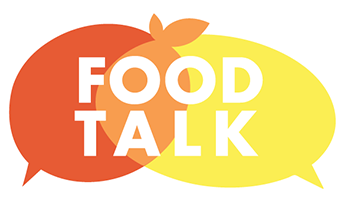Wash Hands with Soap and Water
Wet hands with clean running water and apply soap. Use warm water if it is available. Rub hands together to make a later and scrub all parts of the hand for 20 seconds. Rinse hands thoroughly and dry using a clean paper towel. If possible, use a paper towel to turn off the faucet.
Sanitize Surfaces
Surfaces should be washed with hot, soapy water. A solution of 1 tablespoon of unscented, liquid chlorine bleach per gallon of water can be used to sanitize surfaces.
Separate Foods When Preparing and Serving
Always use a clean cutting board for fresh produce and a separate one for raw seafood, meat, and poultry. Never place cooked food back on the same plate or cutting board that previously held raw food.
Cook Food to Safe Internal Temperatures
One effective way to prevent illness is to check the internal temperature of seafood, meat, poultry, and egg dishes. Cook all raw beef, pork, lamb, and veal steaks, chops, and roasts to a safe minimum internal temperature of 145° F. For safety and quality, allow meat to rest for at least 3 minutes before carving or eating. Cook all raw ground beef, pork, lamb, and veal to an internal temperature of 160° F. Cook all poultry, including ground turkey and chicken, to an internal temperature of 165° F [1]
Keep foods at safe temperatures
Hold cold foods at 40° F or below. Keep hot foods at 140° F or above. Foods are no longer safe to eat when they have been in the danger zone between 40-140° F for more than 2 hours (1 hour if the temperature was above 90° F).


